Easy Way to Balance Gearbox Motor Fan Blades Plastic
Taking one apart is pretty simple. Several screws in the bottom and plastic pieces to take off. The coolest parts are at the top. So sit back and relax and we'll let the 3D animation do all the hard work. Each time you press down a button, the previous ones are released. The white button turns the fan off. It also doesn't stay down like the other buttons do.
Press down another button and the plate slides enough to release the first button. The sole reason for the white button is to release any of the other buttons. You'll notice that there's no notch to hold the white button down. Releasing the other buttons will then turn off the fan. We already have and electric motor and you don't wanna add another one. The idea here is to convert the spinning motion of the fan into a side-to-side motion.
Let's take a step back so we can understand the concepts behind this. This is called a four-bar mechanism. Each bar is connected by pins which allow them to rotate freely. One of the bars is usually fixed in place so that it can't move. This one is called the crank. Usually a motor is causing it to rotate around.
These are the motors that stand on almost the entire system, I checked with a clock indicator, by the way, the accuracy of the feed is just perfect, so we unscrewed our feeder, let's disconnect all the wires, while separately mark the wires of the temperature sensor so as not to be confused with the wire from the fan a little deeper under the winding.
By the way, the gear is a little bit loose, pay attention to the fact that we have the seat on the shaft of the step of the century is a little inaccurate, and plus the mechanism itself is an ordinary bearing here, here are the guide holes and such a filter essentially pushes everything in a row now friends turn to the most interesting thing.
The motor simply could not drag through, so we removed the substrate look which is smooth enough on top. But to be honest , I did not even expect a very good print, well, except of course the layer shift, but this is the fault of winding the filament itself, but I cannot recommend buying such a printer because it requires certain direct hand 3D printing skills.
The gears areloose in the assembly and can fall out. In case the gears fall out, this is the position of the gears. Remove these two plastic gears release the tab slightly away from the shaft then pull the gears off.
Remove these three screws. On the other side, remove the other screws disconnect the cables of the fuser unit Remove all these cables from the cable guides. Remove this screw. Details may vary from printer to printer.
Pull the fuser out of the printer at an angle so that the delivery roller shaft moves in the hole in the chassis of the printer. Unplug the other fuser cables. Remove the fuser unit. This is a paper path sensor.
Related Posts
By accepting you will be accessing a service provided by a third-party external to https://www.guomaodrive.com/

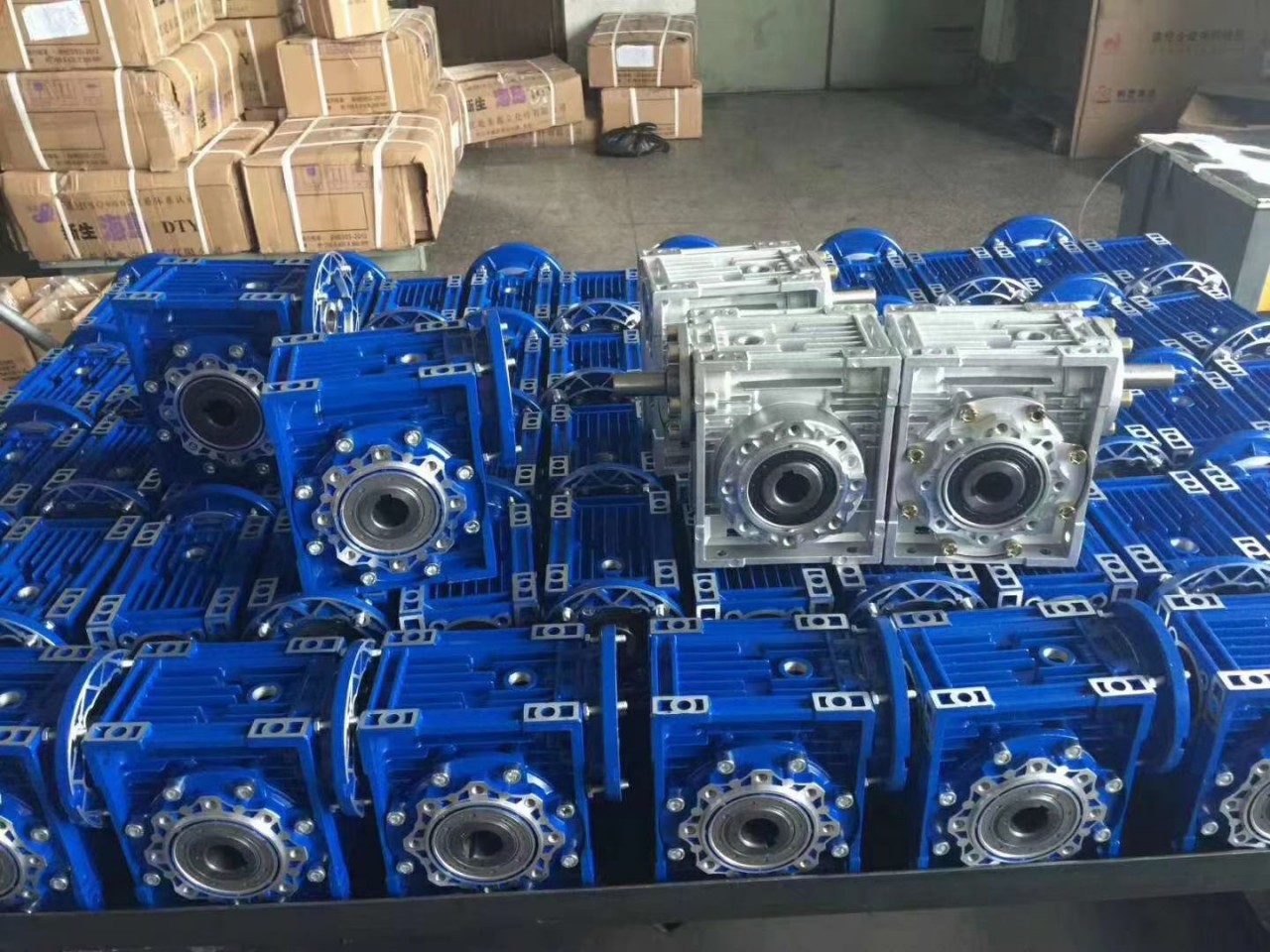
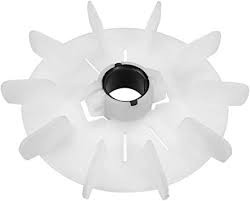
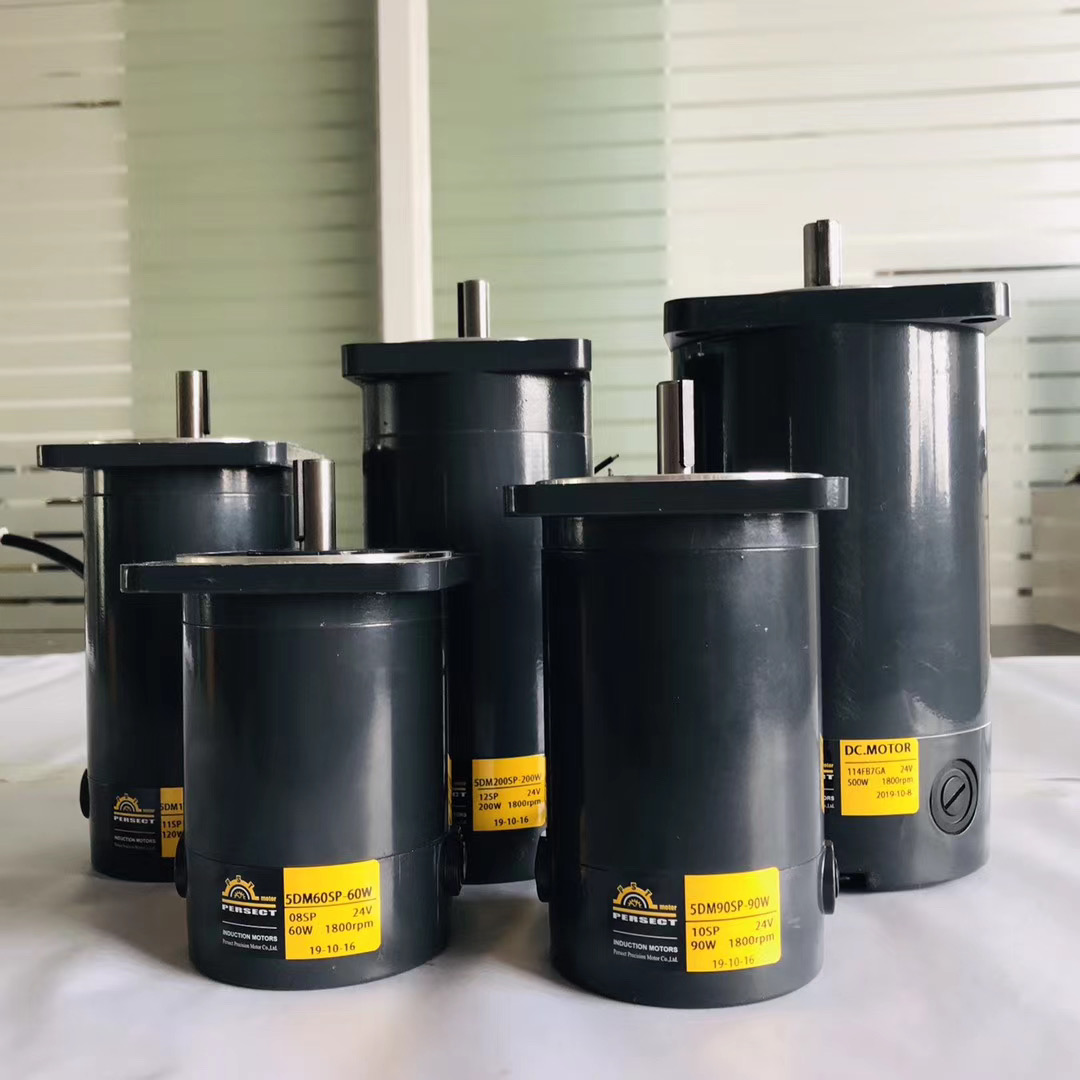
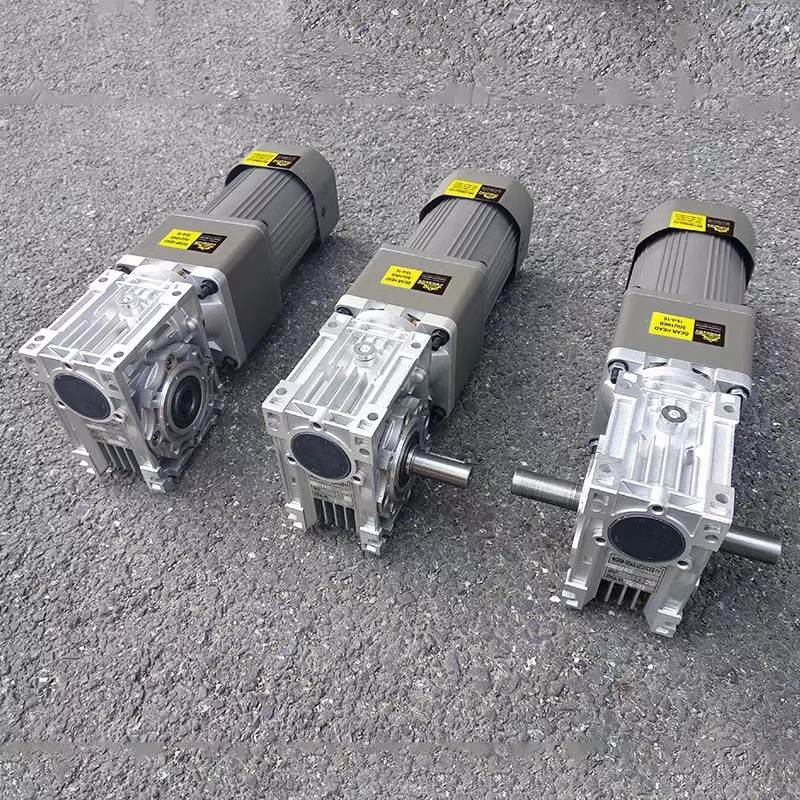
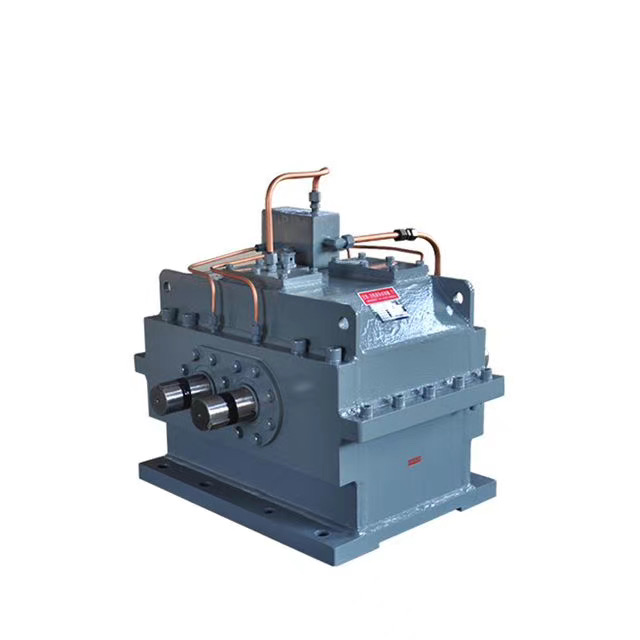
Comments